
4 minute read
THE PAC TEAM
Dr. Wade Taylor
Technology identification and deployment
Dr. Tom Noffsinger
Animal handling, staff development
Dr. Doug Ford
Reproduction, lameness
Dr. Corbin Stevens
Diagnostics and clinical evaluation
Dr. Nels Lindberg
Leadership development, field research
Dr. Kip Lukasiewicz
Animal handling, field research, facility design
Dr. Jim Lowe
System design and management, team education
Dr. Shane Terrell
Feedlot lameness, field research
Dr. Kev Sullivan
International veterinarian
Animal handling, heat stress management
Dr. Dan Thomson
Field research, team education
Dr. Tom Edwards
Associate member
Ultrasound technology, feedlot lameness
Dr. Matt Fruge
Associate member
Ted Howard
Animal stewardship, horsemanship
Jose Valles
Bilingual education & training, research monitoring
Garrett Taylor
Information management
Kelly Terrell
Marketing and communications
Lisa Taylor
Business and data analysis
Brandi Bain
Marketing and business administration
We want to showcase unique photographs from our readers here! Please submit your photographs to Kelly Terrell at kelly.terrell@pacdvms.com.
McClymont Feedyard Holdrege, NE

Manager Jesse Landin
Photo credit: Tom Strahm, American Gelbvieh Association
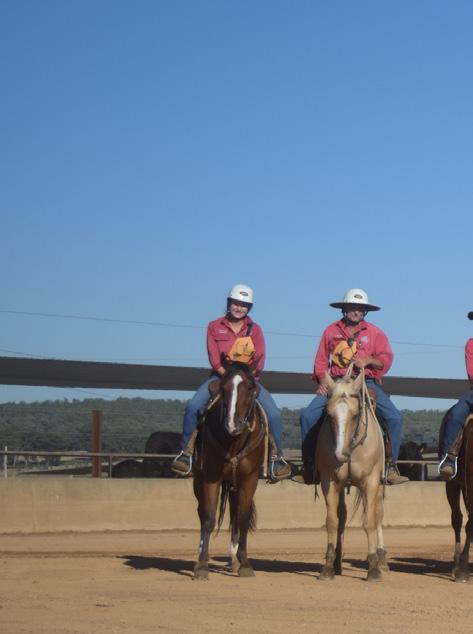

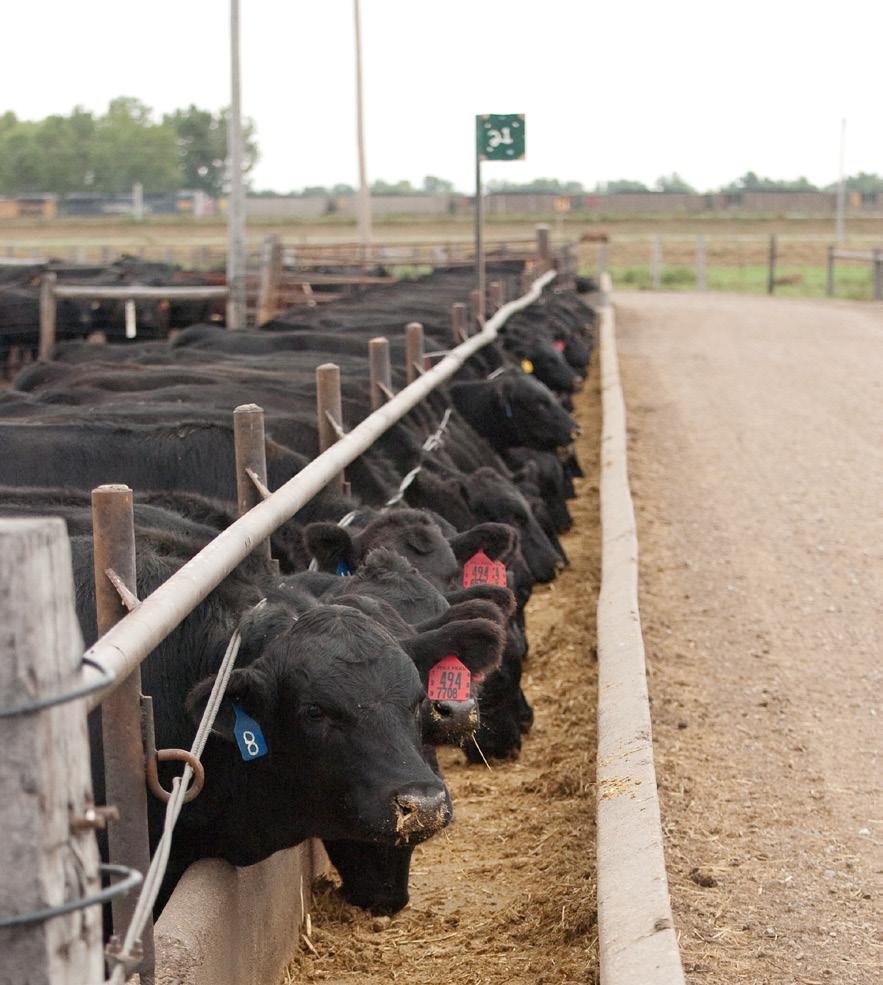
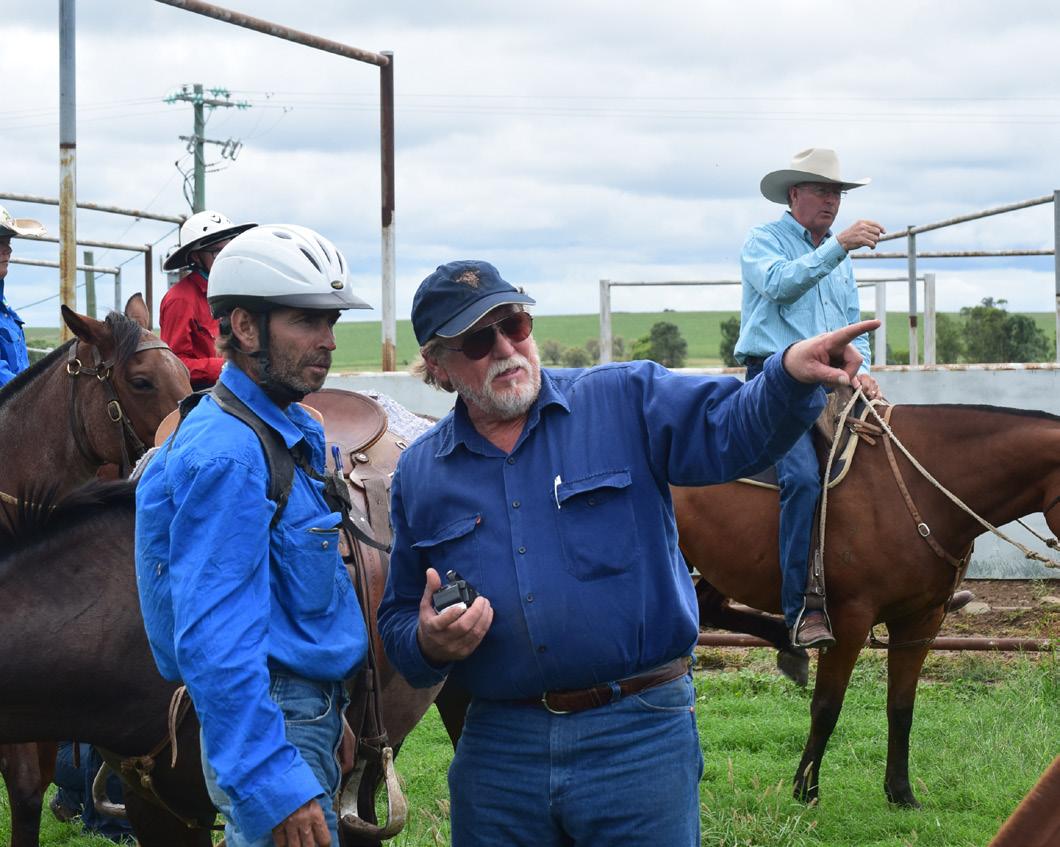
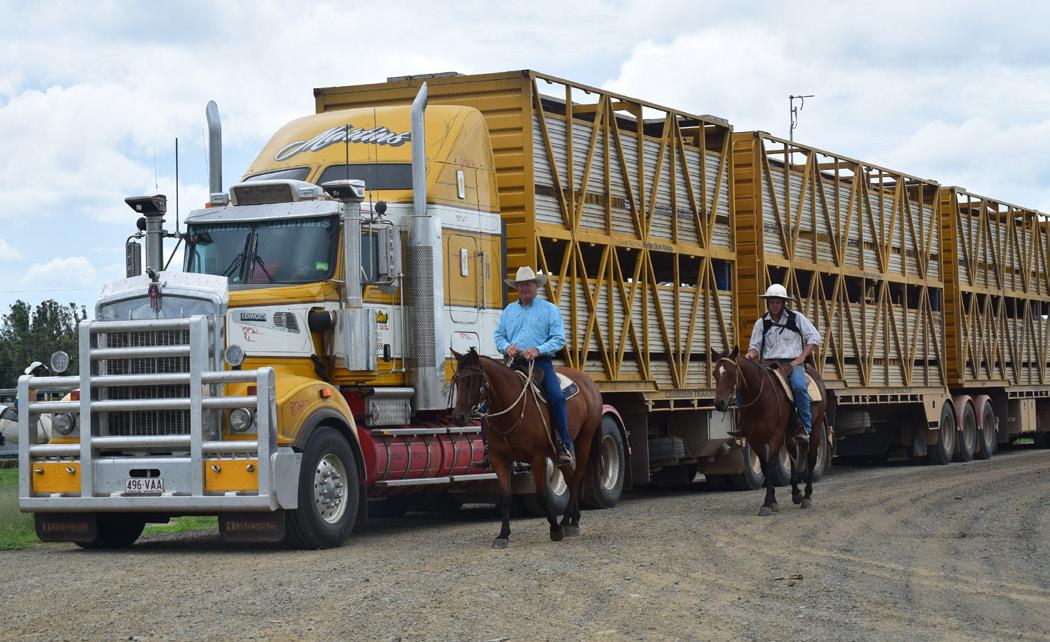
29 Chuckles from Down Under
40
37 Leadership: What is the Most Important Thing We Can Do When Leading a Business or Group of People?
31 Research: Salmonella in Cattle
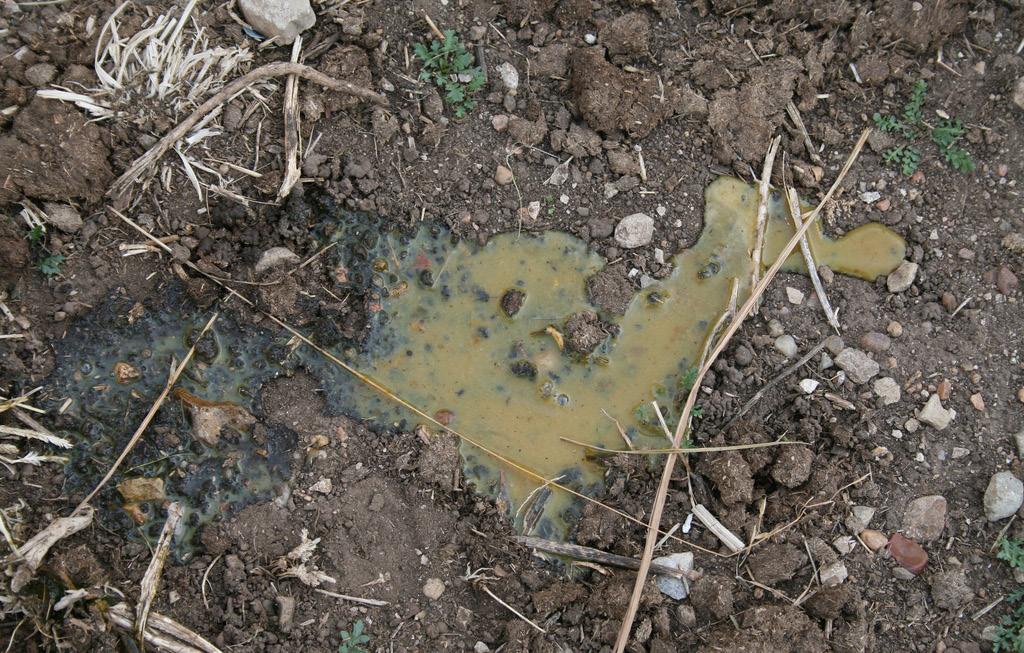
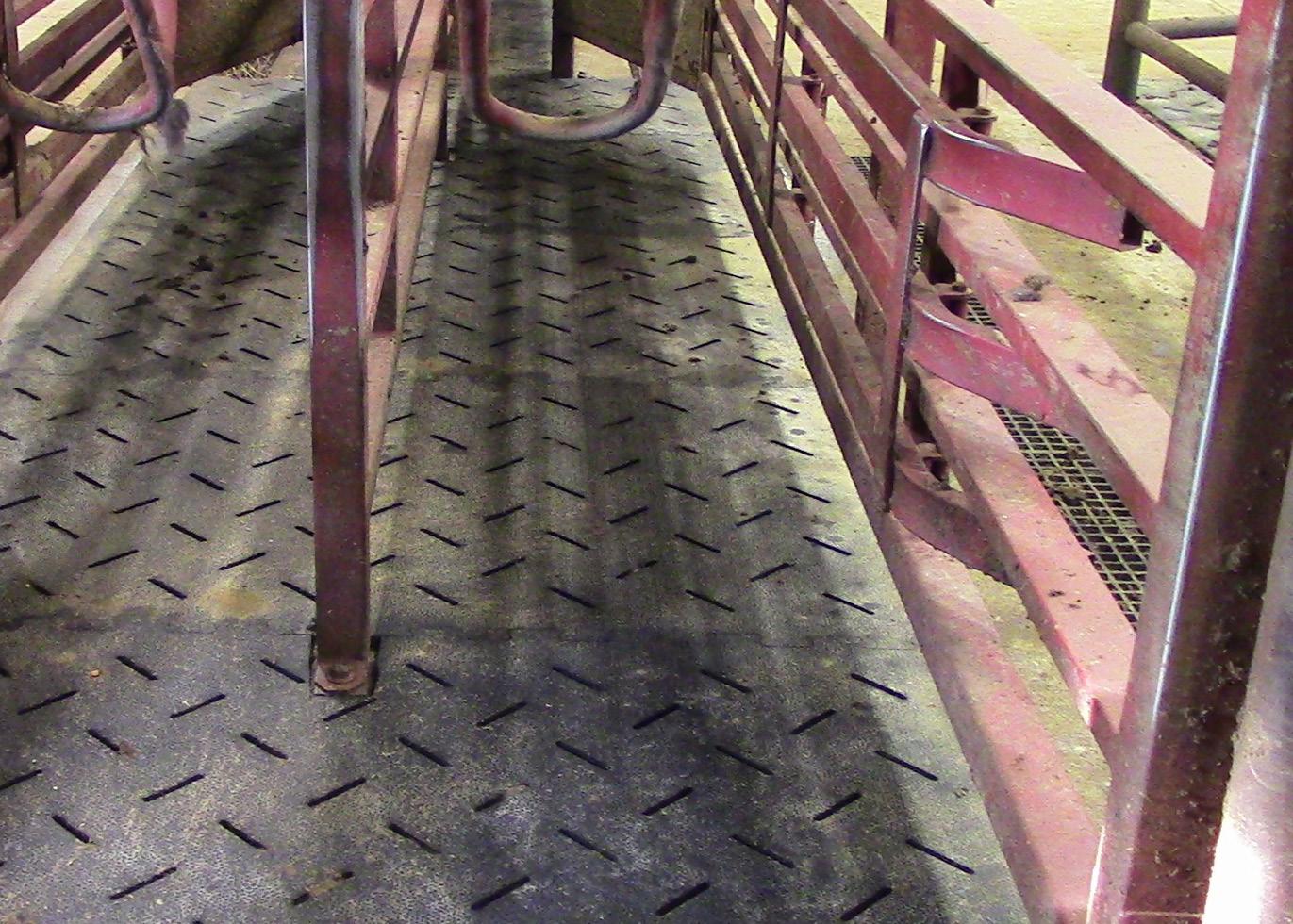
39 Newest PAC Members
33 Chuckles from Down Under
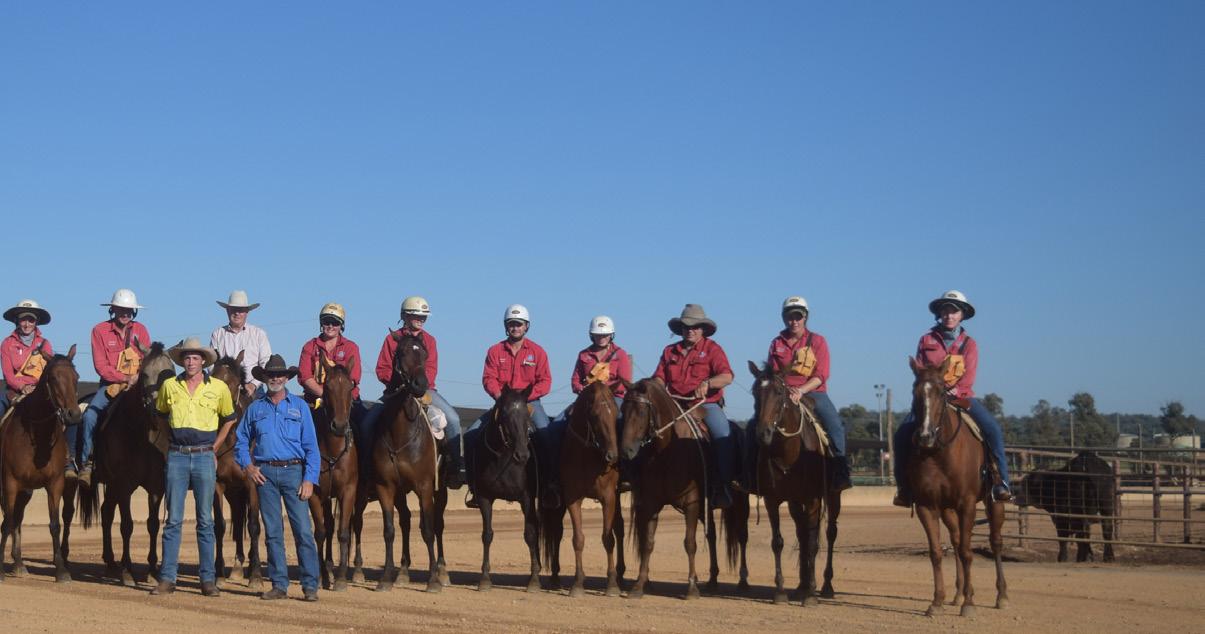
40 The Pot Roast Discovering Recipes from Agriculture’s Finest

34 Research: Samonela en Ganado
43 Calendar
OTHER BRD TREATMENTS WERE 50% AS EFFECTIVE AS DRAXXIN® IN SEVERAL STUDIES.
Treat bovine respiratory disease (BRD) the right way with DRAXXIN® (tulathromycin) Injectable Solution. DRAXXIN demonstrated 50% fewer re-treats and 50% fewer dead or chronic animals1 versus competitive products in several large pen studies.2 Which means your cattle stay healthier, and that helps keep your bottom line healthier, too. Get the numbers on DRAXXIN at draxxin.com.
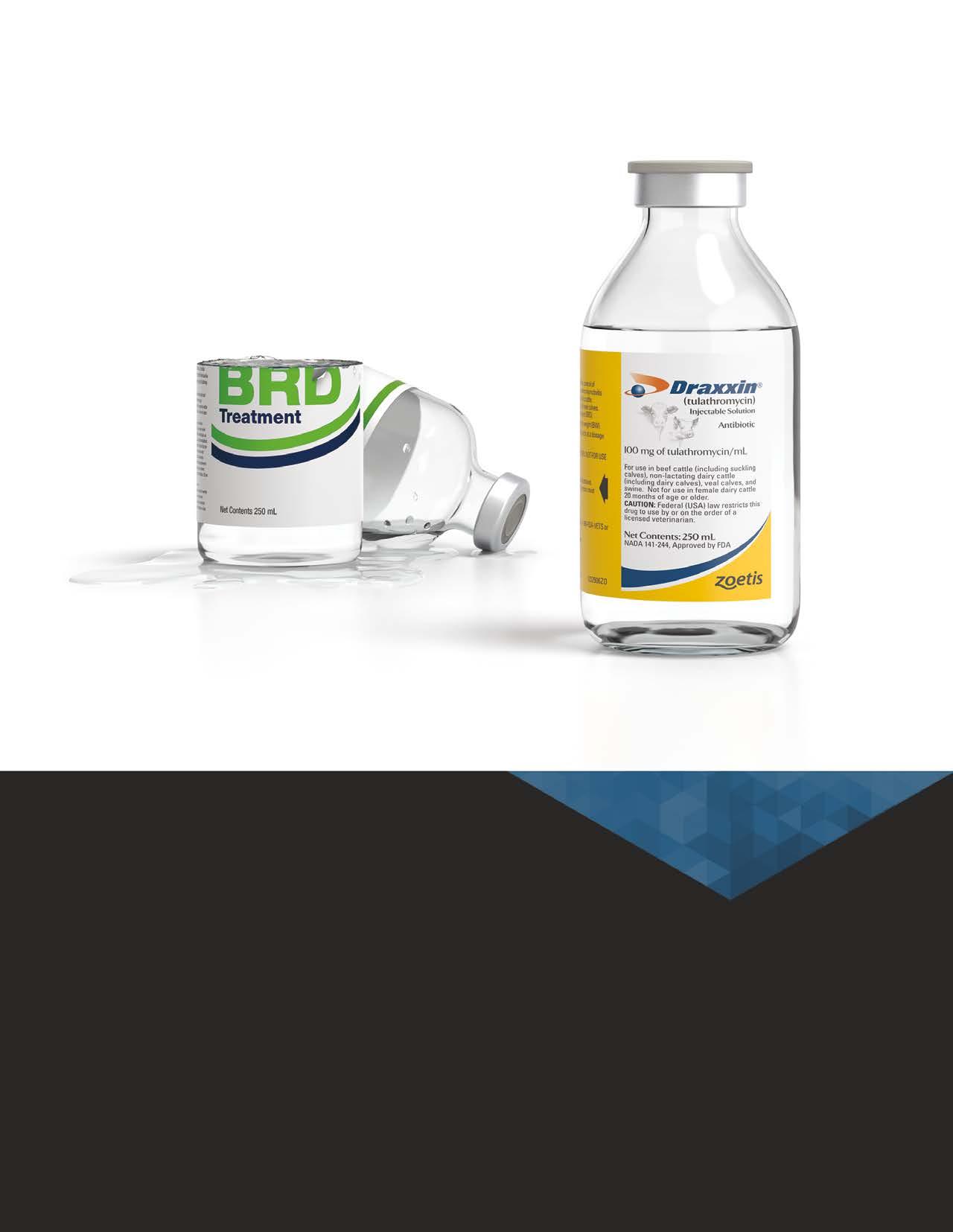
BRD
Solutions
FROM ZOETIS
IMPORTANT SAFETY INFORMATION: DRAXXIN has a pre-slaughter withdrawal time of 18 days in cattle. Do not use in female dairy cattle 20 months of age or older. Do not use in animals known to be hypersensitive to the product. See Brief Summary of Prescribing Information on adjacent page and full Prescribing Information at draxxin.com/pi.
Welcome to the Fall 2017 edition of Protein Producers. This magazine has become a big hit with our clients and others in the industry. Kelly Terrell does a fantastic job of organizing the topics and articles for this magazine. We want to thank all of those that provide articles and the sponsors who help make this possible.
I want to give a quick review of our summer Summit meeting held in Oberlin, Kansas in July. This was a great meeting, and Dr. Corbin Stevens did a wonderful job lining up speakers for the subject matter presented.

Brian Bertelsen from US Premium Beef spoke about market demands on beef and about the demands of the Chinese market. Dr. Kev Sullivan gave an in-depth presentation on the global beef market and showed some of the preparation the Australian market must do to remove mud tags, including wood chips and washing stations. Dr. Jim Holterman, who is retired from USDA-FSIS, did an excellent job explaining inspection and residue testing. Dr. Ty Lawrence, a talented educator from West Texas A&M University Beef Carcass Research Center, brought some important information on meat science to our producers.
Garrett Taylor spoke about utilizing GPS technology to measure the time our caregivers spend in the pen and track the path they ride in the pen. We can use this information to bring positive reinforcement to our pen riders as we continue to improve our technique and strategies in the pen. Dr. Tom Noffsinger gave an eye-opening presentation on diphtheria/honker syndrome, including photographic observations from a laryngoscope. Ted Cunningham was our keynote speaker. His presentation was not only inspirational but entertaining. I think talks like his are always helpful because we can relate and take some of the ideas home with us.
The fall and winter seasons are near, and every year we come into the season thinking we are ready for our calves and yearlings. Recently we evaluated data on placements and number of caregivers, and it was amazing to see how slugging the system with high-risk calves and yearlings has a negative impact on health. We always start off great, and then the time hits where the market is flooded with calves, we start to buy in larger numbers, and we fill pen space quickly. From these data, it was very apparent that we must do better in evaluating and visiting with our workers to determine if we can really handle the load. We may need to hire more help during this time or find backgrounders that can aid us in getting the calves started and then bring them into the yard.
As we enter this season, we need to look over our inventories; re-evaluate protocols and procedures; and train on arrival procedures, acclimation, processing and settling of calves. We need to provide bedding to all new arrivals and make certain we place them in clean pens.
I hope this issue provides you with helpful information on topics that we need to continue to learn about and improve on. Approach each day as a learning day. Seek out the positives of the day, work on fixing the not-so-positives in order to improve, and above all, do NOT focus on or surround yourself with negative behavior.

Kip L. Lukasiewicz, DVM
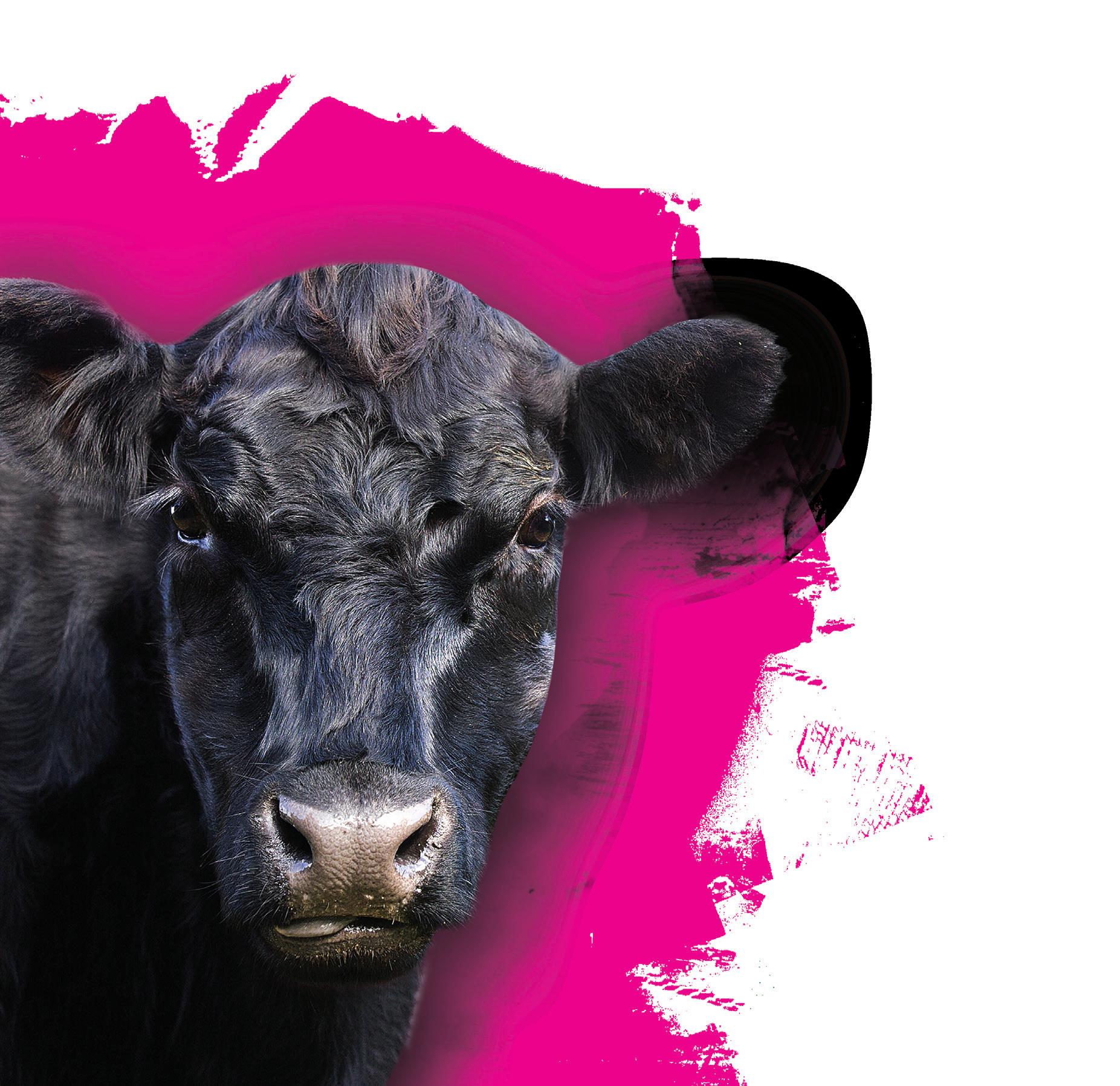
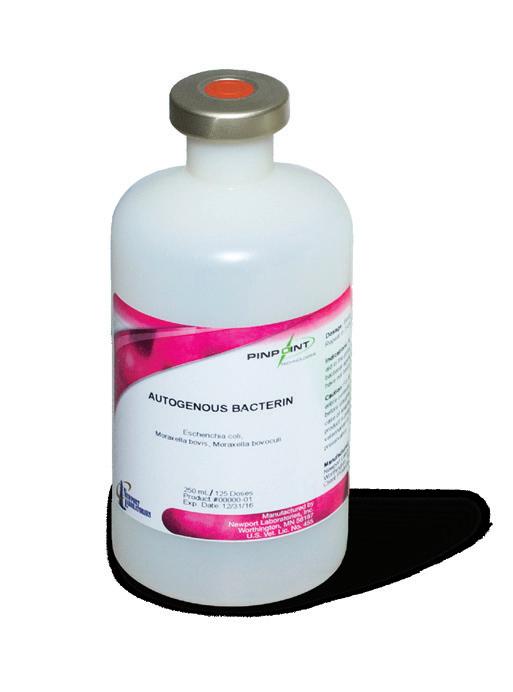
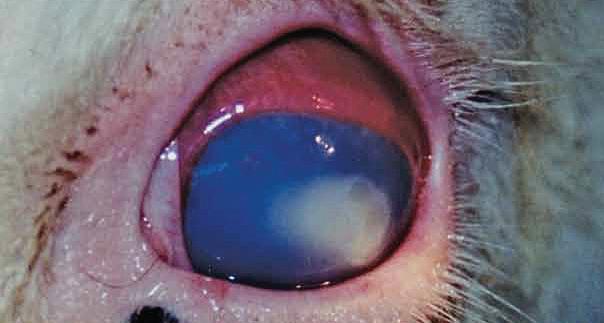
Contributors
Sandy Johnson
Sandy Johnson is the Emergency Management Coordinator for the Kansas Department of Agriculture where she is responsible for coordinating food and agricultural (both plant and animal) emergencies. She represents states, locals, tribes and territories on the Government Coordinating Council for the Food and Agriculture Sector and she represents State Animal Health interests on the USDA APHIS Veterinary Services Training and Exercise team. She holds a BA in Political Science from the State University of New York and a Masters in Public Administration from the University of Kansas.
Dr. Jeremy Martin
Dr. Martin is a nutritionist with Great Plains Livestock Consulting, Inc. and resides in Lexington, NE. He has a Masters and Ph.D. in ruminant nutrition and reproductive management from the University of Nebraska-Lincoln.
The Pot Roast
We want to showcase the talented chefs that read our magazine. In this issue we are featuring Arturo and Wrenn Pacheco who run cattle in the Flint Hills of Kansas while also maintaining a fun and unique cooking blog which can be found at cookingwiththe cowboy.com. If you have a recipe that you would like to feature in The Pot Roast section of the magazine, please email us at kelly.terrell@pacdvms.com. Our goal is to continue discovering recipes from agriculture’s finest.
Thank you to all those contributing multiple stories and insights to Protein Producers
Cover Photo Credits : Thank you to Doug Keiser for the picture that was taken north of Cozad, NE on the Custer and Dawson County line. “A Rancher’s Eclipse”
Thank you to all sponsors for supporting PAC & Protein Producers.
Alltech
American Animal Health
Animal Health International Bayer
Boehringer Ingelheim
Chr. Hansen
Daniels Manufacturing Co.
Diamond V
DOCTalk
Elanco
Lallemand
Micro Technologies
Midwest NetPro
Newport Laboratories
Norbrook
SSG Fusion
Zinpro
Zoetis











